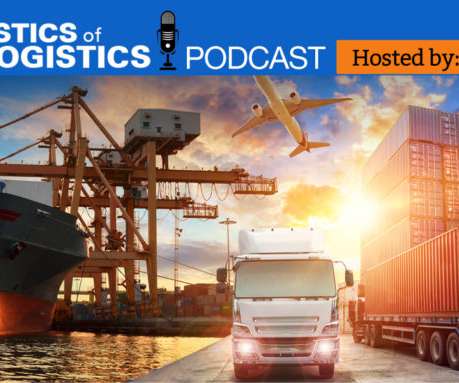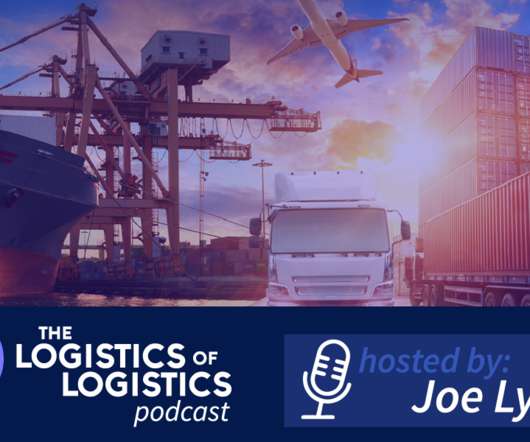3PL Basics: An Introduction to 3rd Party Logistics with Roberto Cadena
The Logistics of Logistics
OCTOBER 26, 2020
Since 2014, Lean has worked with over 100 satisfied U.S. based transportation and logistics providers. These firms facilitate the movement of parts and materials from suppliers to manufacturers and finished products from manufacturers to distributors and retailers. Logistics 3.) Transportation 2.) Warehousing 4.)
















Let's personalize your content